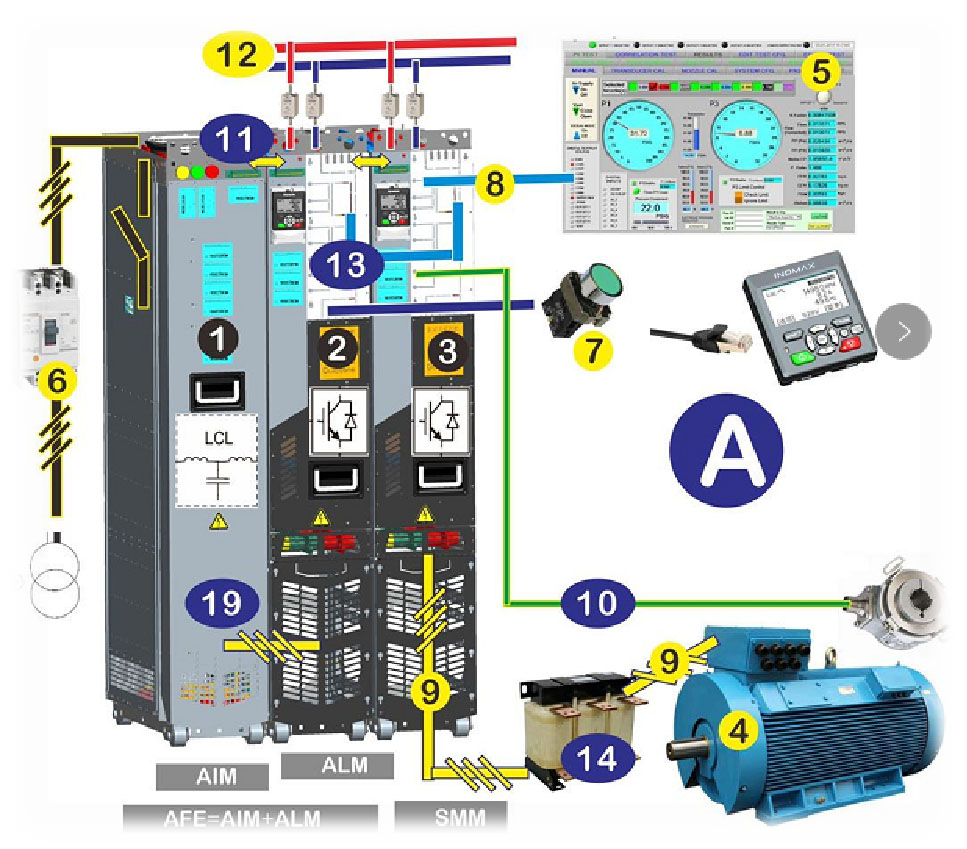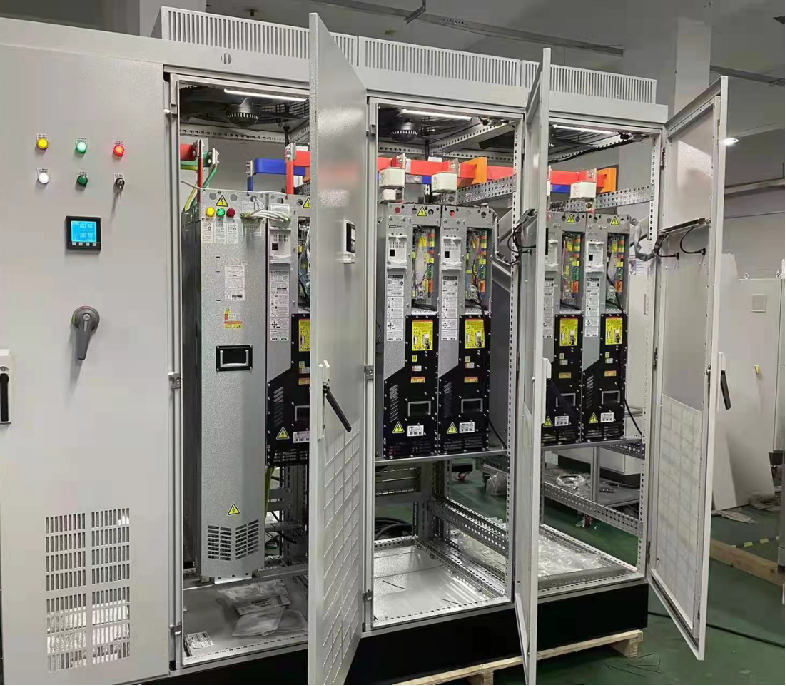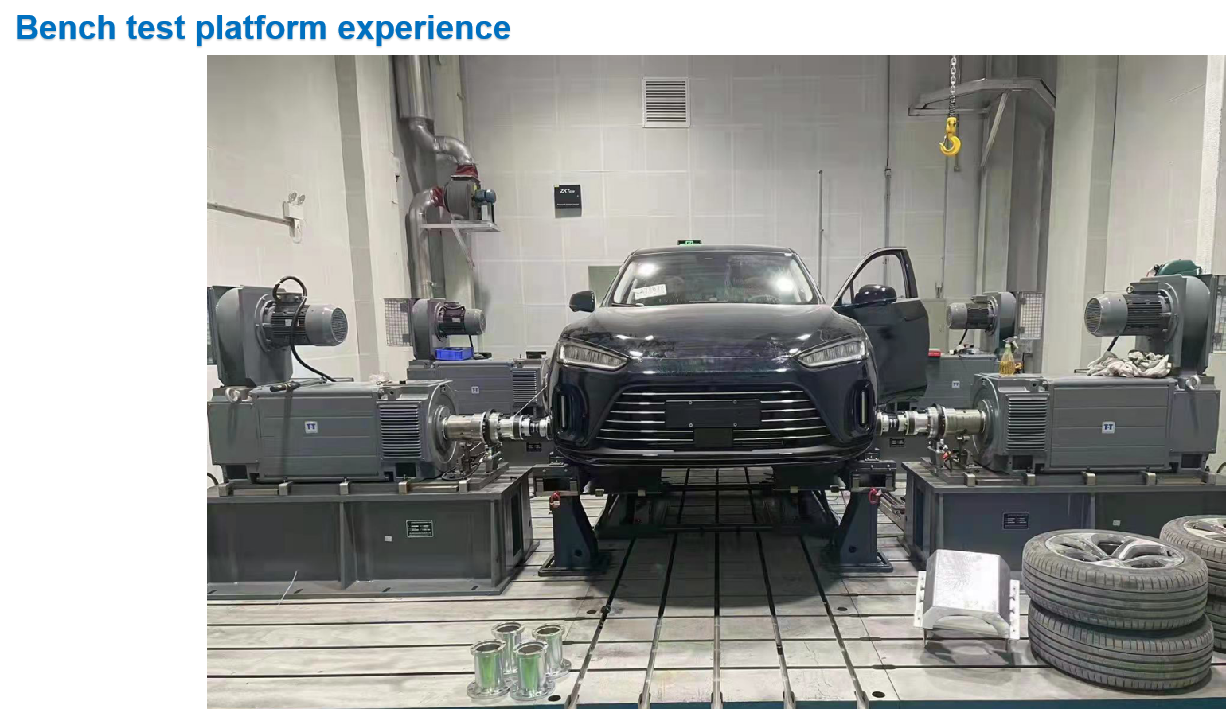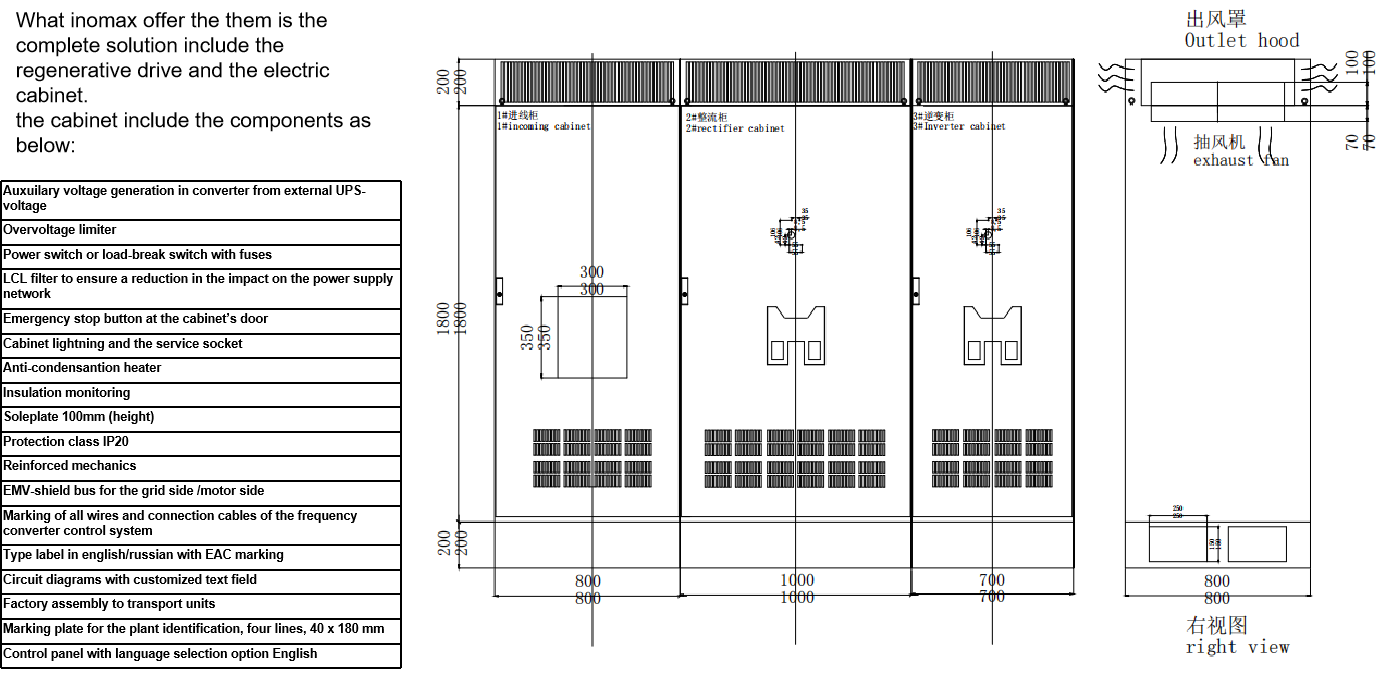
One of the most common technical issues that Variable Frequency Drive (VFD) engineers encounter is overload or overcurrent faults. Such issues typically trigger the VFD’s automatic shutdown to prevent damage, accompanied by corresponding fault codes.
Common causes of overload or overcurrent faults include:
- Excessive Motor Load: This may result from mechanical jamming or underestimation of the load during design.
- Short Circuit Between VFD and Motor Cables: This could arise due to cable damage or improper installation.
- Internal VFD Failure: Such as damage to IGBT (Insulated Gate Bipolar Transistor) modules or other electronic components.
- Incorrect Parameter Settings: For instance, setting current limit values too low or unreasonable acceleration/deceleration times.
Solutions to these issues include:
- Inspecting the Load: Ensure it does not exceed the motor’s rated capacity; if necessary, reduce the load or increase the motor’s power.
- Checking Cable Connections: Verify all connections are secure, no conductors are exposed, and cables are undamaged.
- Inspecting the VFD Internally: If internal failure is suspected, professional maintenance personnel should conduct checks and repairs.
- Adjusting VFD Parameters: Based on actual conditions, adjust acceleration, deceleration times, and current limit values.
- Replacing Damaged Components: If any damaged components, such as IGBT modules, are found, they should be promptly replaced.
Beyond overload and overcurrent issues, other frequent problems include power voltage fluctuations, grounding issues, cooling system failures, and encoder malfunctions. Addressing these requires corresponding inspection and maintenance procedures. In any case, consulting the VFD user manual and seeking manufacturer technical support is crucial.



